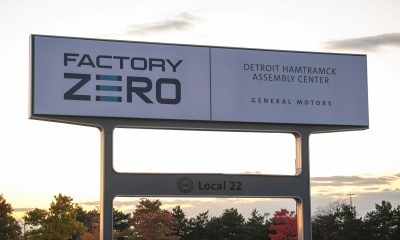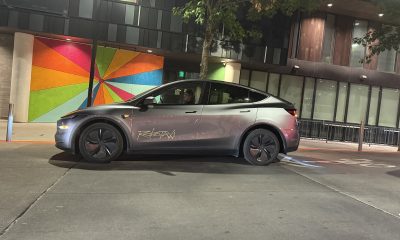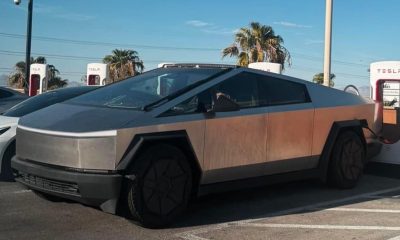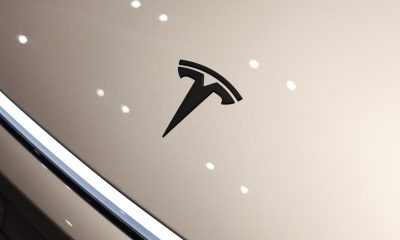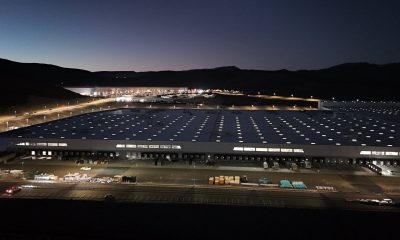Investor's Corner
Tesla Locks Up Lithium Supply for its Gigafactory
Tesla has signed a deal with two companies to supply it with lithium for its GigaFactory at below market prices for 5 years. The lithium comes from Mexico.
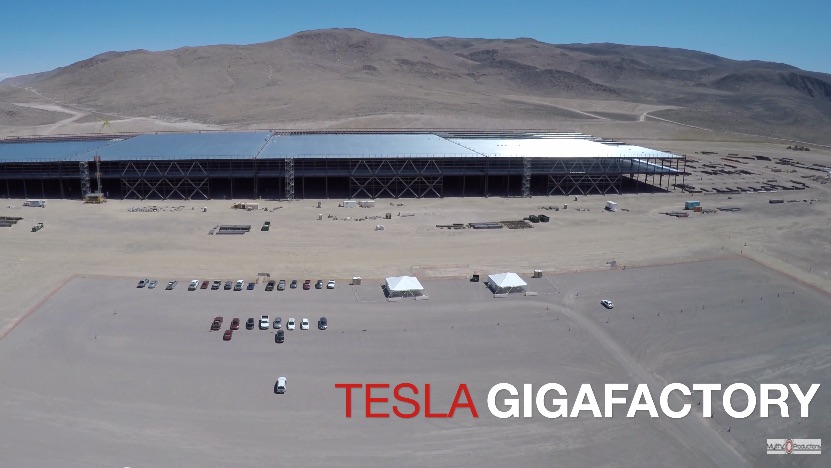
Tesla has taken steps to lock up a guaranteed supply of lithium for the next five years
Bacanora Minerals Ltd. and Rare Earth Minerals PLC, have formed a partnership called the Sonora Lithium Project Partners to mine lithium from clay deposits in northern Mexico which will become a key supplier of lithium for Tesla, at below market rates over the next 5 years. Currently, the United States imports 80% of the lithium it needs, most of it from Bolivia and other countries in South America.
Tesla will need an assured supply of lithium at a guaranteed price in order to fulfill its pledge to make 35 gigawatt-hours of batteries annually, after construction of the Gigafactory is complete. The mine and processing facility are expected to have an initial capacity of 35,000 tons of lithium compounds which can be increased to 50,000 tons if needed to satisfy Tesla’s requirements.
Researchers at the University of Wyoming have identified a large deposit of lithium-rich brine in the Rock Springs Uplift, a geological feature in southwest Wyoming. Tests suggest the 25 square mile area could contain 228,000 tons of lithium. That’s enough to meet annual U.S. demand and is almost twice as much as the reserves at Silver Peak in Nevada, which is currently the largest lithium producing area in the US.
>>>> MUST SEE: Drone video reveals newly constructed walls at Tesla Gigafactory
That find might benefit Tesla’s domestic competitors. The researchers say the Rock Springs Uplift area could produce lithium at well below current world prices from its geologically rich elements critical to lithium production. Making lithium from brine requires large quantities of soda ash (sodium carbonate). The largest US supply of soda ash is located less than 30 miles away.
In addition, the Rock Springs brine is unusually low in magnesium, an impurity that must be removed before processing can begin. Less magnesium means lower costs. Finally, the brine is trapped deep in the ground, where pressures and temperatures are already near those required by the lithium production process. Normally, the brine must be heated and pressurized before lithium can be extracted from it. Operators might be able to eliminate this step entirely, resulting in significant cost savings.
Industry observers say the transition to electric cars by mainstream drivers likely won’t occur until battery prices fall below $100 per kilowatt-hours. Access to less expensive lithium will be a big part of making that happen.
Source: WSJ
Investor's Corner
Tesla investor Calpers opposes Elon Musk’s 2025 performance award
Musk’s 2025 pay plan will be decided at Tesla’s 2025 Annual Shareholder Meeting, which will be held on November 6 in Giga Texas.
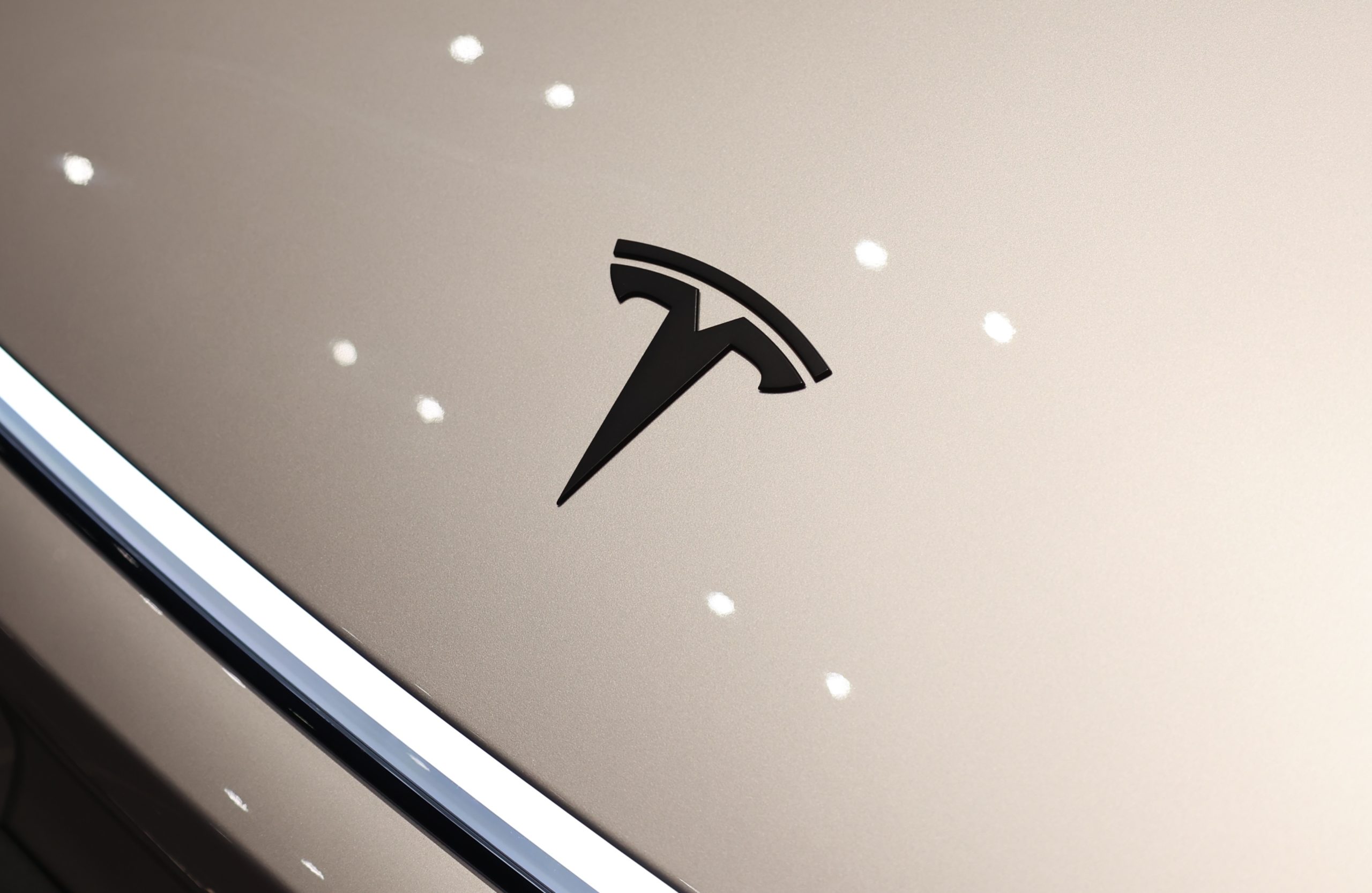
One of the United States’ largest pension funds, the California Public Employees’ Retirement System (Calpers), has stated that it will be voting against Elon Musk’s 2025 Tesla CEO performance award.
Musk’s 2025 pay plan will be decided at Tesla’s 2025 Annual Shareholder Meeting, which will be held on November 6 in Giga Texas. Company executives have stated that the upcoming vote will decide Tesla’s fate in the years to come.
Why Calpers opposes Musk’s 2025 performance award
In a statement shared with Bloomberg News, a Calpers spokesperson criticized the scale of Musk’s proposed deal. Calpers currently holds about 5 million Tesla shares, giving its stance meaningful influence among institutional investors.
“The CEO pay package proposed by Tesla is larger than pay packages for CEOs in comparable companies by many orders of magnitude. It would also further concentrate power in a single shareholder,” the spokesperson stated.
This is not the first time Calpers has opposed a major Musk pay deal. The fund previously voted against a $56 billion package proposed for Musk and criticized the CEO’s 2018 performance-based plan, which was perceived as unrealistic due to its ambitious nature at the time. Musk’s 2018 pay plan was later struck down by a Delaware court, though Tesla is currently appealing the decision.
Musk’s 2025 CEO Performance Award
While Elon Musk’s 2025 performance award will result in him becoming a trillionaire, he would not be able to receive any compensation from Tesla unless aggressive operational and financial targets are met. For Musk to receive his full compensation, for example, he would have to grow Tesla’s market cap from today’s $1.1 trillion to $8.5 trillion, effectively making it the world’s most valuable company by a mile.
Musk has also maintained that his 2025 performance award is not about compensation. It’s about his controlling stake at Tesla. “If I can just get kicked out in the future by activist shareholder advisory firms who don’t even own Tesla shares themselves, I’m not comfortable with that future,” Musk wrote in a post on X.
Investor's Corner
Tesla enters new stability phase, firm upgrades and adjusts outlook
Dmitriy Pozdnyakov of Freedom Capital upgraded his outlook on Tesla shares from “Sell” to “Hold” on Wednesday, and increased the price target from $338 to $406.

Tesla is entering a new phase of stability in terms of vehicle deliveries, one firm wrote in a new note during the final week of October, backing its position with an upgrade and price target increase on the stock.
Dmitriy Pozdnyakov of Freedom Capital upgraded his outlook on Tesla shares from “Sell” to “Hold” on Wednesday, and increased the price target from $338 to $406.
While most firms are interested in highlighting Tesla’s future growth, which will be catalyzed mostly by the advent of self-driving vehicles, autonomy, and the company’s all-in mentality on AI and robotics, Pozdnyakov is solely focusing on vehicle deliveries.
The analyst wrote in a note to investors that he believes Tesla’s updated vehicle lineup, which includes its new affordable “Standard” trims of the Model 3 and Model Y, is going to stabilize the company’s delivery volumes and return the company to annual growth.
Tesla launches two new affordable models with ‘Standard’ Model 3, Y offerings
Tesla launched the new affordable Model 3 and Model Y “Standard” trims on October 7, which introduced two stripped-down, less premium versions of the all-electric sedan and crossover.
They are both priced at under $40,000, with the Model 3 at $37,990 and the Model Y at $39,990, and while these prices may not necessarily be what consumers were expecting, they are well under what Kelley Blue Book said was the average new car transaction price for September, which swelled above $50,000.
Despite the rollout of these two new models, it is interesting to hear that a Wall Street firm would think that Tesla is going to return to more stable delivery figures and potentially enter a new growth phase.
Many Wall Street firms have been more focused on AI, Robotics, and Tesla’s self-driving project, which are the more prevalent things that will drive investor growth over the next few years.
Wedbush’s Dan Ives, for example, tends to focus on the company’s prowess in AI and self-driving. However, he did touch on vehicle deliveries in the coming years in a recent note.
Ives said in a note on October 2:
“While EV demand is expected to fall with the EV tax credit expiration, this was a great bounce-back quarter for TSLA to lay the groundwork for deliveries moving forward, but there is still work to do to gain further ground from a delivery perspective.”
Tesla has some things to figure out before it can truly consider guaranteed stability from a delivery standpoint. Initially, the next two quarters will be a crucial way to determine demand without the $7,500 EV tax credit. It will also begin to figure out if its new affordable models are attractive enough at their current price point to win over consumers.
Investor's Corner
Bank of America raises Tesla PT to $471, citing Robotaxi and Optimus potential
The firm also kept a Neutral rating on the electric vehicle maker, citing strong progress in autonomy and robotics.
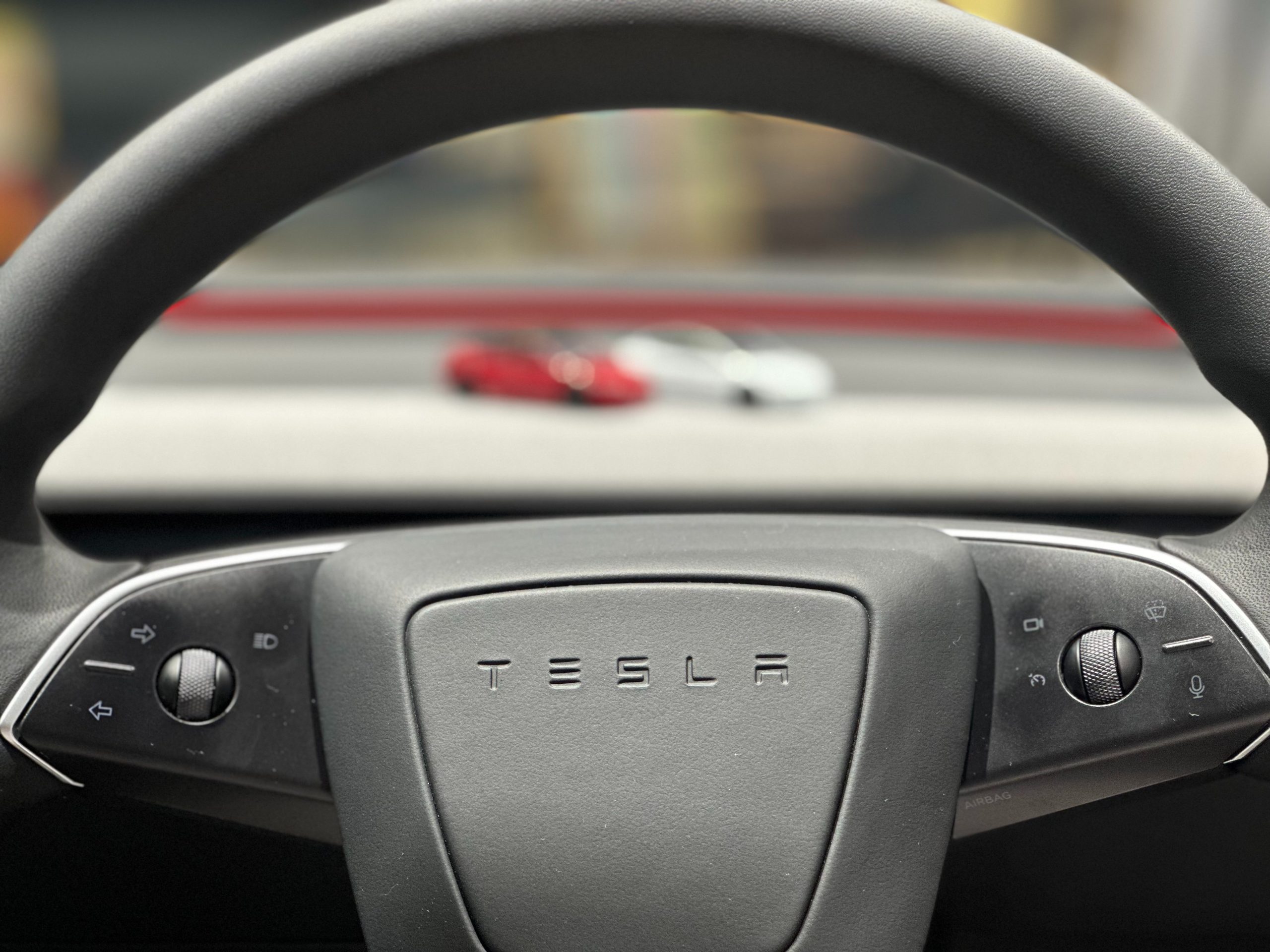
Bank of America has raised its Tesla (NASDAQ:TSLA) price target by 38% to $471, up from $341 per share.
The firm also kept a Neutral rating on the electric vehicle maker, citing strong progress in autonomy and robotics.
Robotaxi and Optimus momentum
Bank of America analyst Federico Merendi noted that the firm’s price target increase reflects Tesla’s growing potential in its Robotaxi and Optimus programs, among other factors. BofA’s updated valuation is based on a sum-of-the-parts (SOTP) model extending through 2040, which shows the Robotaxi platform accounting for 45% of total value. The model also shows Tesla’s humanoid robot Optimus contributing 19%, and Full Self-Driving (FSD) and the Energy segment adding 17% and 6% respectively.
“Overall, we find that TSLA’s core automotive business represents around 12% of the total value while robotaxi is 45%, FSD is 17%, Energy Generation & Storage is around 6% and Optimus is 19%,” the Bank of America analyst noted.
Still a Neutral rating
Despite recognizing long-term potential in AI-driven verticals, Merendi’s team maintained a Neutral rating, suggesting that much of the optimism is already priced into Tesla’s valuation.
“Our PO revision is driven by a lower cost of equity capital, better Robotaxi progress, and a higher valuation for Optimus to account for the potential entrance into international markets,” the analyst stated.
Interestingly enough, Tesla’s core automotive business, which contributes the lion’s share of the company’s operations today, represents just 12% of total value in BofA’s model.
-
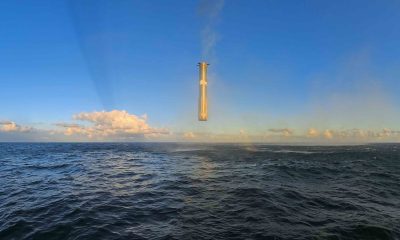
 Elon Musk2 weeks ago
Elon Musk2 weeks agoSpaceX posts Starship booster feat that’s so nutty, it doesn’t even look real
-
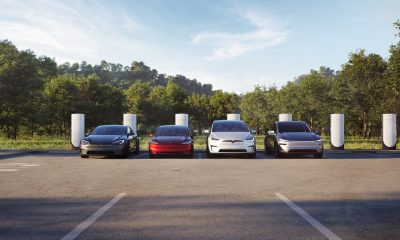
 Elon Musk2 weeks ago
Elon Musk2 weeks agoTesla Full Self-Driving gets an offer to be insured for ‘almost free’
-
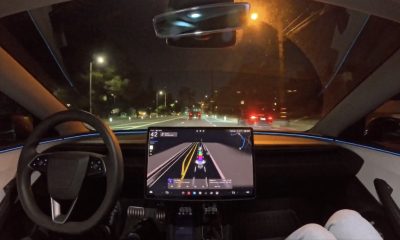
 News2 weeks ago
News2 weeks agoElon Musk confirms Tesla FSD V14.2 will see widespread rollout
-

 News2 weeks ago
News2 weeks agoTesla is adding an interesting feature to its centerscreen in a coming update
-
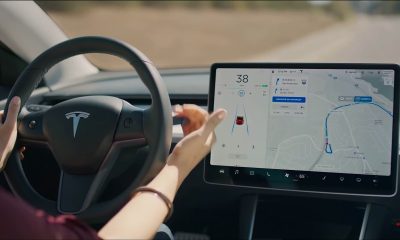
 News2 weeks ago
News2 weeks agoTesla widens rollout of new Full Self-Driving suite to more owners
-
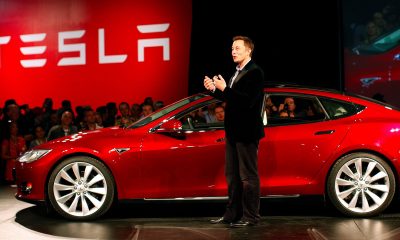
 Elon Musk2 weeks ago
Elon Musk2 weeks agoTesla CEO Elon Musk’s $1 trillion pay package hits first adversity from proxy firm
-

 News2 weeks ago
News2 weeks agoTesla might be doing away with a long-included feature with its vehicles
-
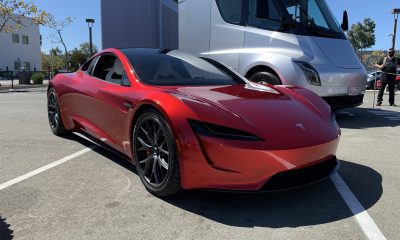
 News1 week ago
News1 week agoTesla updates fans on its plans for the Roadster



